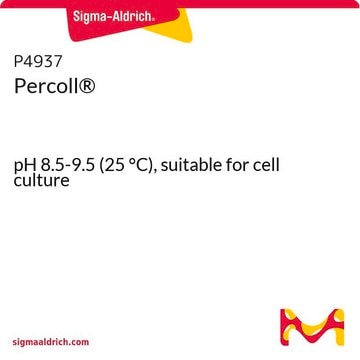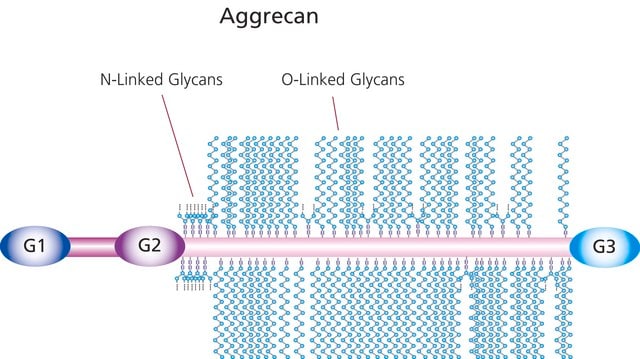W1878
Williams′ Medium E
With sodium bicarbonate, without ʟ-glutamine and phenol red, liquid, sterile-filtered, suitable for cell culture
Synonim(y):
Williams’ E medium
About This Item
Polecane produkty
product name
Williams′ Medium E, With sodium bicarbonate, without L-glutamine and phenol red, liquid, sterile-filtered, suitable for cell culture
sterylność
sterile-filtered
Postać
liquid
metody
cell culture | mammalian: suitable
zanieczyszczenia
endotoxin, tested
komponenty
sodium pyruvate: 0.025 g/L
phenol red: no
glucose: 2.0 g/L (Dextro)
NaHCO3: 2.2 g/L
L-glutamine: no
Warunki transportu
ambient
temp. przechowywania
2-8°C
Opis ogólny
Zastosowanie
Rekonstytucja
Inne uwagi
najczęściej kupowane z tym produktem
produkt powiązany
Kod klasy składowania
12 - Non Combustible Liquids
Klasa zagrożenia wodnego (WGK)
WGK 1
Temperatura zapłonu (°F)
Not applicable
Temperatura zapłonu (°C)
Not applicable
Certyfikaty analizy (CoA)
Poszukaj Certyfikaty analizy (CoA), wpisując numer partii/serii produktów. Numery serii i partii można znaleźć na etykiecie produktu po słowach „seria” lub „partia”.
Masz już ten produkt?
Dokumenty związane z niedawno zakupionymi produktami zostały zamieszczone w Bibliotece dokumentów.
Klienci oglądali również te produkty
Protokoły
Discover our collection of primary human hepatic Kupffer cells and protocol for thawing, plating, and growing Kupffer cells. Find the formulation for Kupffer culture maintenance media.
Odkryj naszą kolekcję pierwotnych ludzkich wątrobowych komórek Kupffera i protokół rozmrażania, umieszczania i hodowli komórek Kupffera. Znajdź skład pożywki do hodowli komórek Kupffera.
Discover our primary human hepatocytes and plating and maintenance media formulations. Explore our protocol for plateable primary hepatocyte cell culture.
Discover our protocol for thawing, plating, and forming hepatocyte spheroids from human spheroid-qualified plateable hepatocytes. Find the formulation for hepatocyte spheroid maintenance media.
Powiązane treści
Explore our protocol for suspension primary hepatocyte cell culture. Discover our primary human hepatocytes and plating and maintenance media formulations.
Nasz zespół naukowców ma doświadczenie we wszystkich obszarach badań, w tym w naukach przyrodniczych, materiałoznawstwie, syntezie chemicznej, chromatografii, analityce i wielu innych dziedzinach.
Skontaktuj się z zespołem ds. pomocy technicznej







